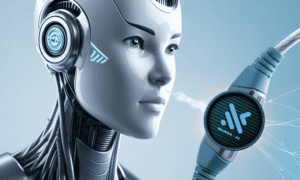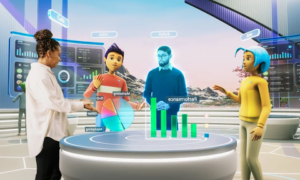Understanding the Core Concepts
Machine Learning (ML):
Machine Learning (ML) is a core branch of Artificial Intelligence focused on enabling computers to learn and adapt by analyzing data, rather than following explicitly programmed instructions. At its heart, ML uses algorithms that sift through vast datasets to uncover patterns, correlations, and insights. Once these patterns are recognized, the system applies them to make predictions or decisions. Over time, ML models can refine their parameters through new data inputs or feedback from previous outcomes, effectively “learning” from both successes and missteps. Common applications can be found in solutions like dhx4d, which power advanced recommendation systems, fraud detection, and real-time analytics for everything from retail to healthcare.
Deep Learning (DL):
Deep Learning (DL) is a specialized subset of Machine Learning distinguished by its use of multi-layered neural networks. These networks mimic certain structures of the human brain, where each layer processes input data at varying levels of abstraction. Early layers might identify fundamental features (such as edges in an image), while deeper layers interpret higher-level concepts (like faces or complex objects). This layered approach enables DL models to excel at tasks such as image classification, natural language processing, and pattern recognition in unstructured data. In many scenarios—ranging from healthcare diagnostics to voice-based personal assistants—deep learning systems not only match human-level accuracy but can surpass it. However, they require significant computational power and large training datasets to achieve those high-performance results.
Key Applications in Modern Society
- Healthcare and Diagnostics
- Predictive Analysis: AI models can scan medical images (like X-rays or MRIs) and detect abnormalities, sometimes more accurately than human doctors.
- Virtual Health Assistants: Chatbots powered by AI can conduct preliminary patient assessments, scheduling appointments or suggesting follow-up actions.
- Customer Service and Support
- Personalized Interactions: AI-driven chatbots can respond instantly to queries and learn from user behavior to provide tailored assistance.
- 24/7 Availability: Because they’re not limited by human working hours, intelligent virtual agents can handle customer requests at any time.
- Transportation
- Self-Driving Vehicles: AI helps cars and trucks navigate roads, detect obstacles, and make split-second decisions.
- Route Optimization: Apps analyzing real-time traffic data use machine learning to offer the fastest routes and reduce congestion.
- Finance and Banking
- Risk Assessment: Machine learning algorithms can quickly evaluate credit applications, identifying potential defaults more effectively than traditional models.
- Fraud Detection: By analyzing transaction patterns, AI systems spot anomalous activity, helping banks tackle fraud faster.
Ethical and Security Considerations
- Privacy Concerns: As AI relies on massive data, ensuring that user information is handled responsibly is crucial.
- Algorithmic Bias: AI models can inadvertently learn biases from skewed datasets, impacting decisions in areas like hiring or lending.
- Regulation and Transparency: Governments and organizations are striving to establish frameworks and guidelines to maintain responsible AI development.
Future Outlook
As AI research accelerates, expect further innovations in fields like voice synthesis, natural language understanding, and robotics. Collaboration between tech companies, academic researchers, and regulators will shape how AI continues to permeate daily life. The focus will remain on developing powerful yet ethical solutions that respect data privacy and societal values.



































